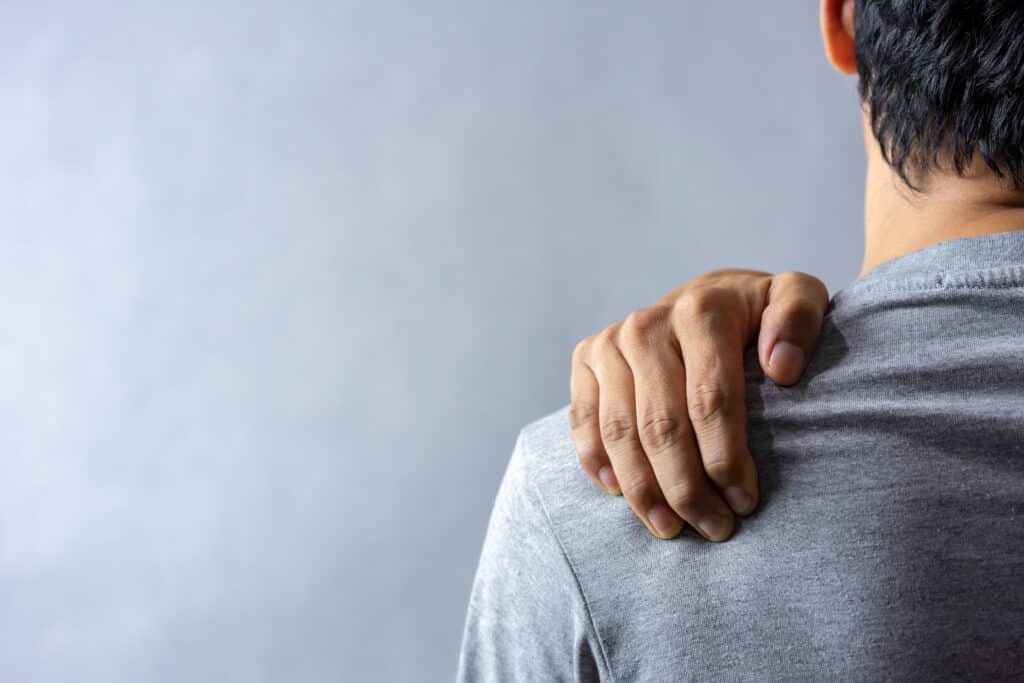
Going home in pain after work is part and parcel of most warehouse workers’ everyday life. This pain is caused by activities we do while at work.
In this article, we explain how what we do at work causes pain and soreness in our joints and muscles. We also outline steps that you can take to prevent and alleviate these symptoms.
Manual Jobs in the Warehouse
The kind of manual labor performed by entry level warehouse workers depends on the nature of the warehouse itself, e.g., the types of goods it handles.
For example, distribution centers have positions like order picking which involves a lot of heavy lifting, driving pallet jacks or walking long distances.
On the other hand activities like loading don’t require much walking but involve standing for long periods of time.
Other manual positions like stowing, lumping, forklift operation and packing also require lots of lifting, walking, twisting and bending.
All these activities will lead to soreness because of the stress put on muscles and joints.
Foot Pain
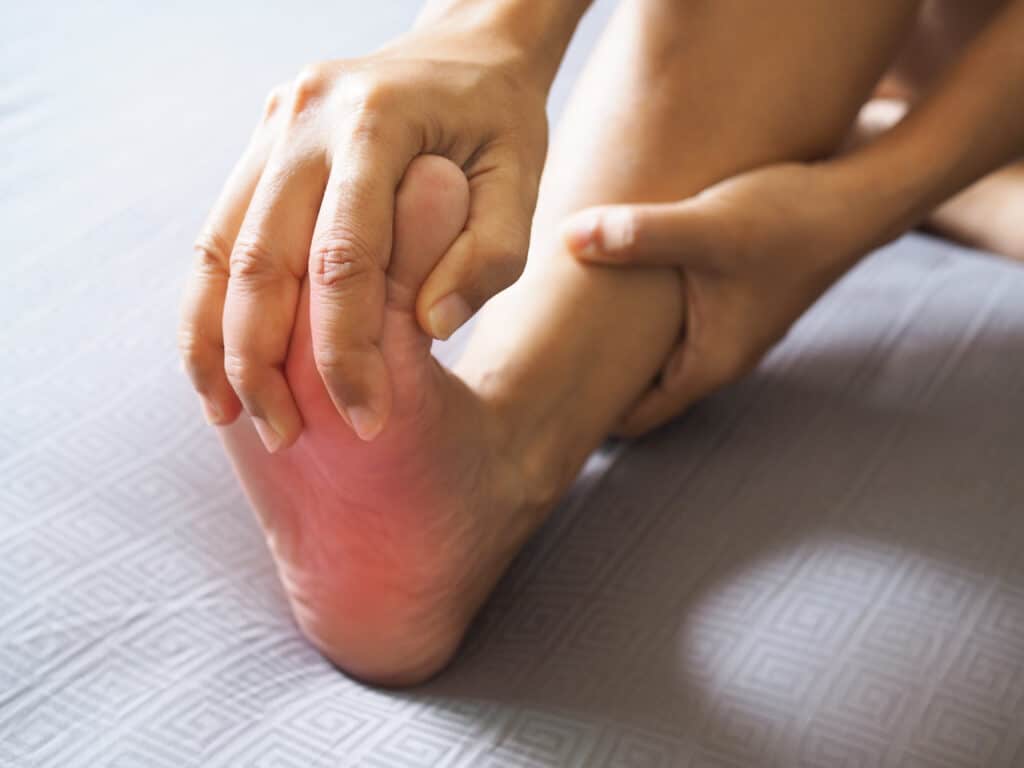
Foot pain when working in a warehouse is caused by one or a combination of the following factors: heavy lifting, standing for long periods, walking on concrete floors all day and wearing poor quality shoes.
Lifting and carrying objects, walking and standing on bare concrete – sometimes for up to twelve hours a day – is an inevitable part of the job when working in a warehouse.
Your feet are the only point of contact with the ground when performing these activities and are responsible for absorbing much of the shock.
This is what causes the pain and swelling of your feet. The problem is especially worse for newer warehouse workers.
Back Pain
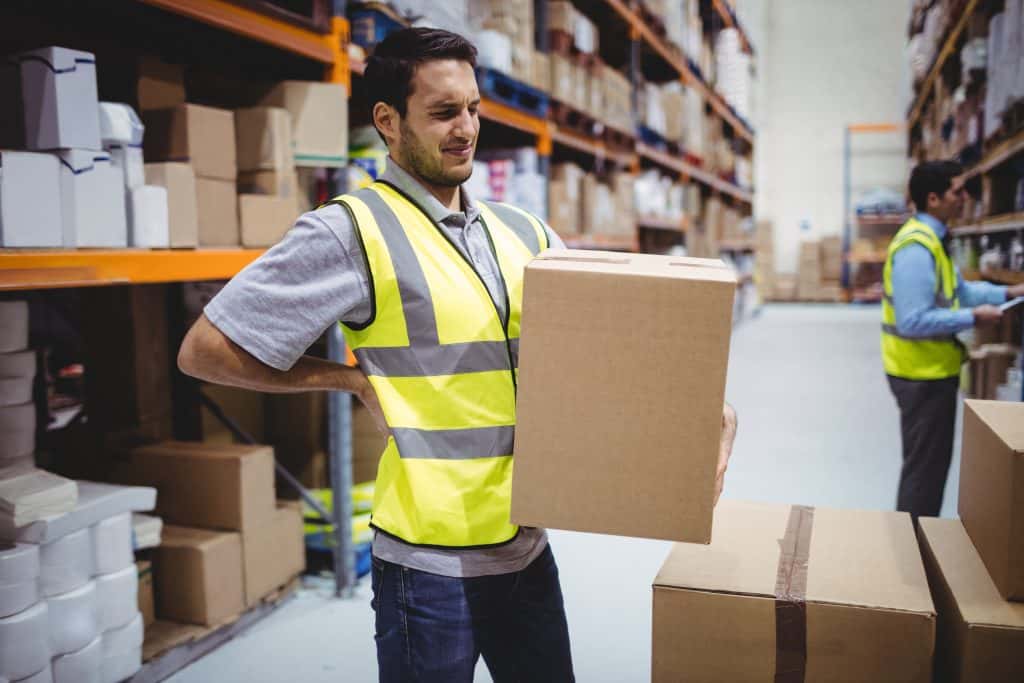
Lower back pain is a common occurrence among warehouse workers, especially when lifting too much weight or using poor lifting practices.
Back muscles do most of the work when lifting heavy items. Most warehouses have regulations concerning the maximum weight a worker can lift at a time. Failure to adhere to these rules can lead to serious back injury such as herniated discs.
Improper bending, e.g., rounding your back to do so can also cause back pain. This is because that is not the natural curvature of your spine and causes strain on the discs in your spine.
Wrist Pain
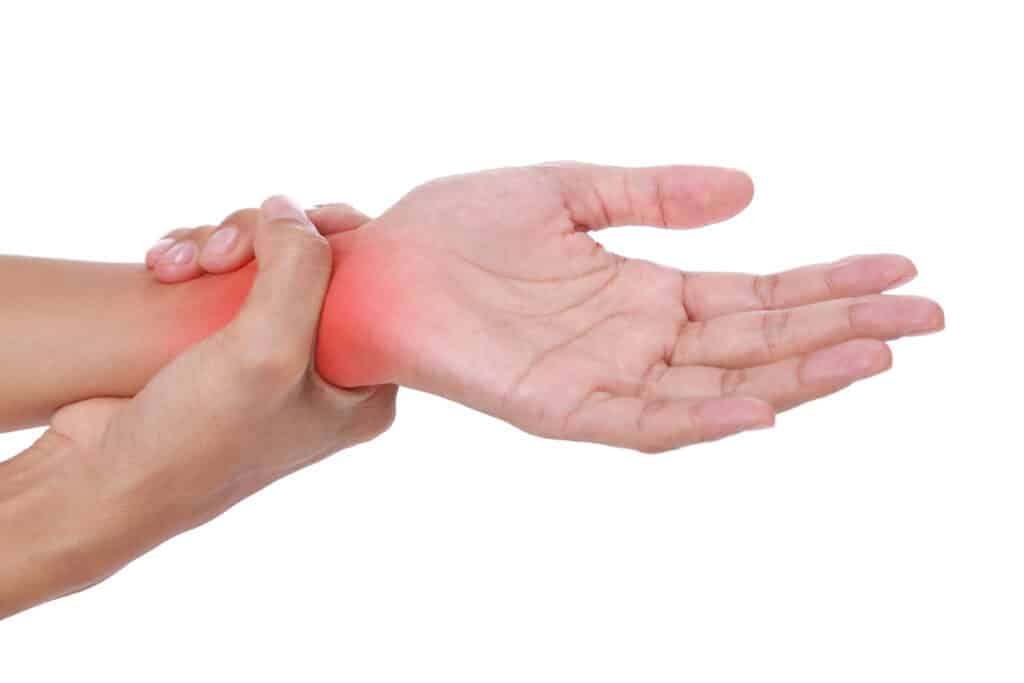
I’ve seen my fare share of people getting wrist injuries. Repeatedly lifting loads that are too heavy will do that to you.
Generally, hand and wrist soreness is unavoidable for workers who are new to the warehouse environment. This is because your hands are still not used to constant lifting that is required for activities like loading.
One common cause of wrist pain is carpel tunnel syndrome. This condition causes numbness, tingling and pain in your fingers. It is a common source of discomfort among many warehouse workers.
Do This to Eliminate/Prevent Soreness
Stretch
Stretching as often as possible is one of the best ways to prevent soreness and alleviate pain. Do it before and after work, and on your days off too.
Practice Safe Lifting
Safe lifting involves bending at the knees and lifting with you back straight. This goes for any amount of weight involved.
The Straddle Lift
This lifting technique is used for heavy and awkward shaped objects such as sacks of onions. To do this lift correctly, bend at your knees with a leg on each side of the load.
Keep your back straight or slightly arched and straddle the load close to your chest to reduce pressure on your lower back.
The Squat Lift
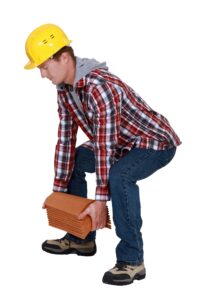
The squat lift is used for small and medium sized objects (less than 50lbs) such as apple crates and cases of dairy products.
Keep your back straight and bend at your knees when lifting such objects. Lift the load up at a steady speed to not exert undue pressure on your back or cause imbalance.
The Golfer’s Lift
The golfer’s lift is used for picking up very light objects and involves raising one leg back while bending.
It keeps your back straight and reduces the pressure on your back more than when you bend at the waist.
Remember
- Always keep the load close to your body.
- Use a picker if the object is located deep inside a pallet rack.
- Set back items using the same lifting forms discussed above.
- Each lift adds up. You may not get injured today, but it may happen over the long run if you continue to use bad lifting habits.
Wear a Back Brace
A back brace is a good tool to help support your back if your warehouse job involves a lot of heavy lifting and/or bending and twisting.
Back braces for work are mainly made to support your lumbar spine with a view to ease pressure to your lower back muscles when lifting objects and bending. This is accomplished by forcing the user to lift and bend with a straightened back.
Wear Good Shoes
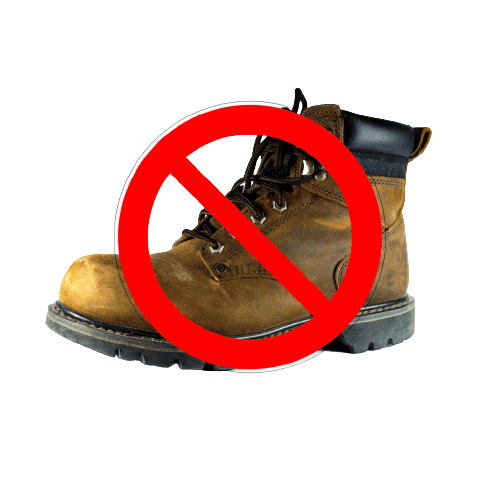
Do not cheap out when it comes to shoes you will be wearing to work. You only have on pair of feet after all!
Good shoes will make a difference between you dealing with foot pain and limping every day or having a better quality of life and performance because your feet are healthy and strong.
Before buying shoes for warehouse work, decide whether you want steel-toe or non steel-toe shoes. In some warehouses, toe protection shoes are mandatory while in others they are not.
I recommend going with the steel-toe option even if they are not mandatory at your work. It only takes one accident to potentially shatter your big toe.
An alternative to steel toe shoes is composite-toed shoes which are lighter but still provide toe protection. A good example is the alloy toe Reebok Rb4041 for men and these Reebok Sublites for women.
If you are looking for running or hiking shoes, however, you can’t go wrong with these New Balance Arishi V3 for men or the HOKA ONE Bondi 7 for women.
Ideally, you want shoes with ample cushioning to protect your feet from shocks that are caused by the hard concrete floors of the warehouse.
Orthotics and insoles are a good way to provide cushioning if you can’t get new shoes. They provide arch support and much needed shock absorption that prevents foot pain and swelling.
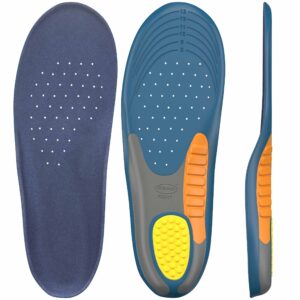
My favorites are Dr. Scholl’s but others swear on this brand.